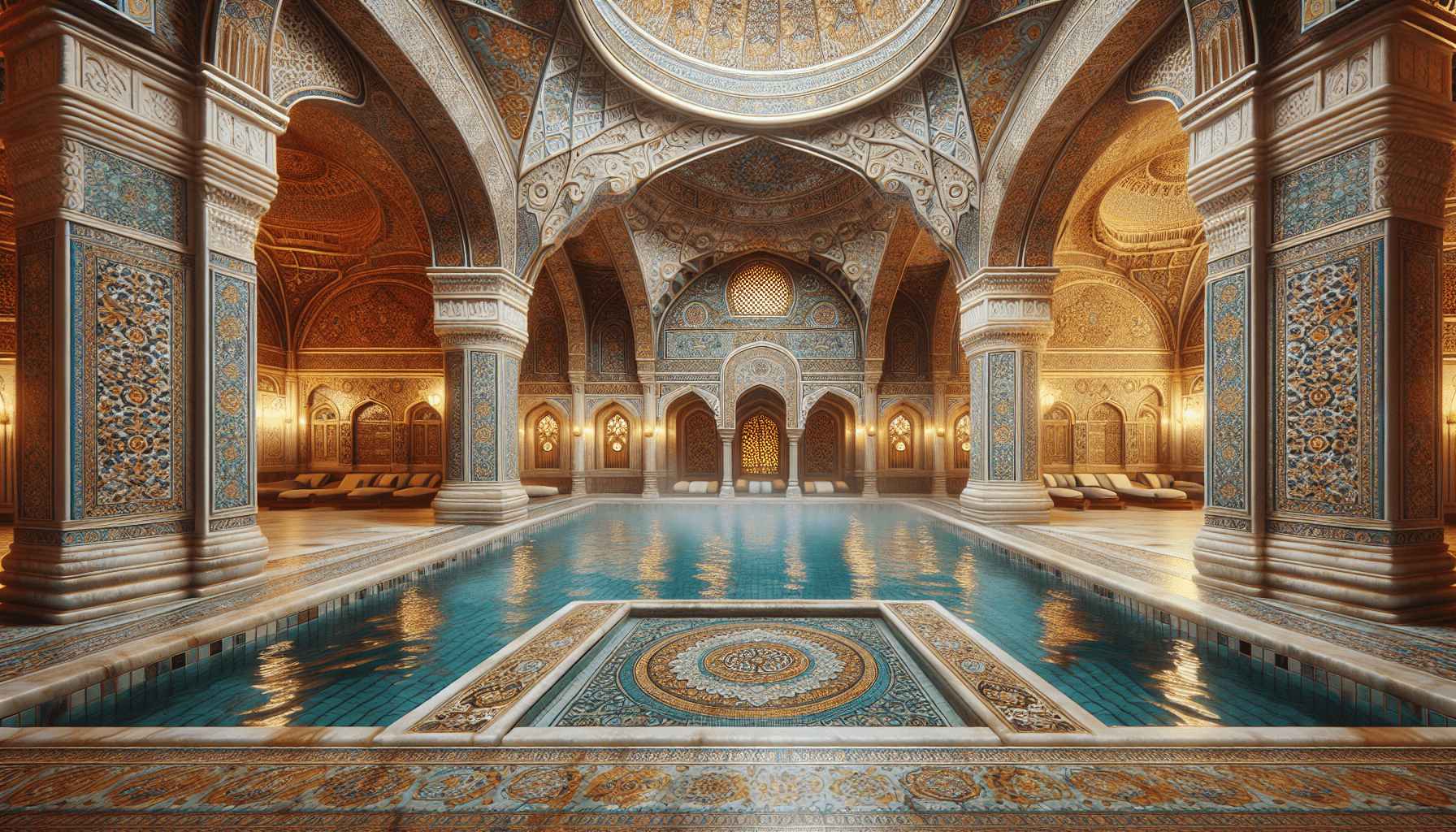Welcome to your guide to the historical baths of Turkey! Embark on a journey through time as you explore the rich culture and traditions surrounding these ancient Turkish baths. From the architectural marvels to the therapeutic benefits, each bath holds a unique story waiting to be discovered. Learn about the significance of these baths in Turkish history and immerse yourself in the timeless charm of this cultural heritage. Get ready to indulge in a truly unforgettable experience as you soak in the history and relax in the luxurious surroundings of Turkey’s most cherished historical baths. Have you ever wondered about the historical baths of Turkey? These centuries-old thermal baths have been an integral part of Turkish culture and history. Let’s dive into a comprehensive guide to the historical baths of Turkey, from their origins to their significance in Turkish society today.

